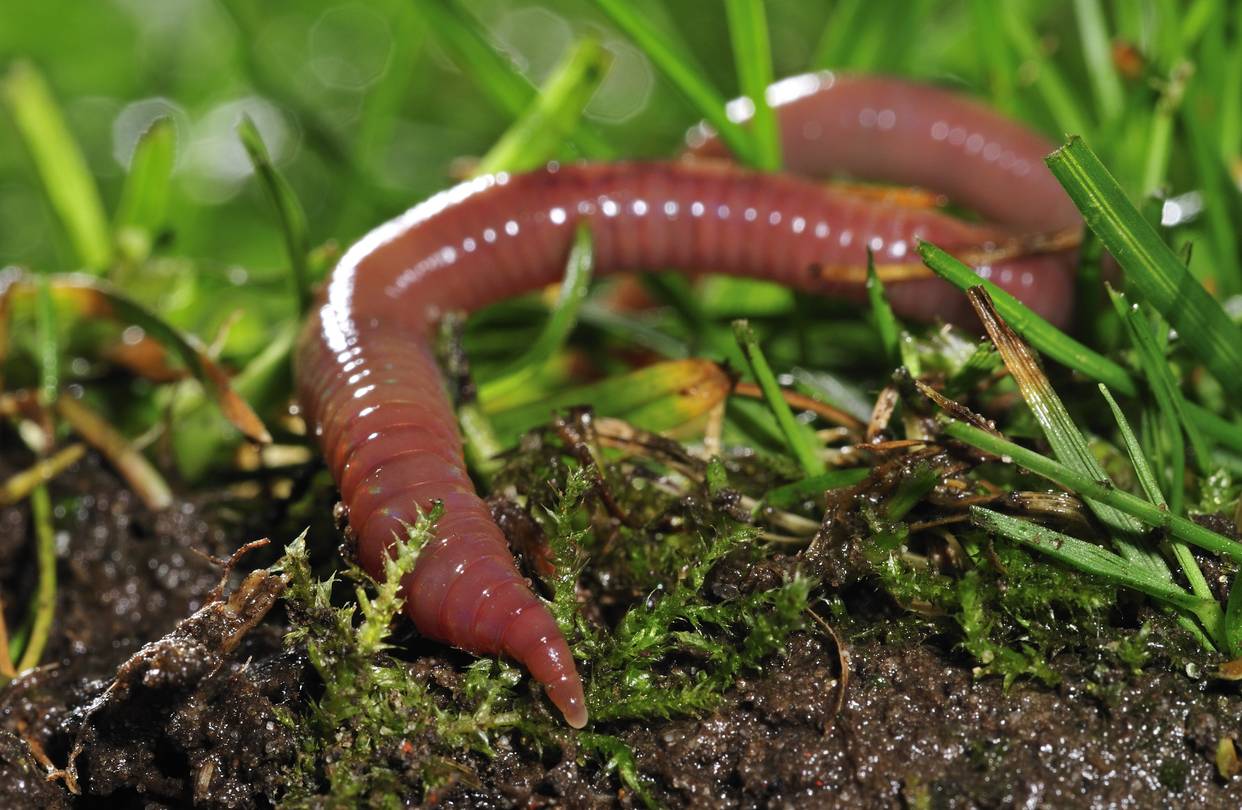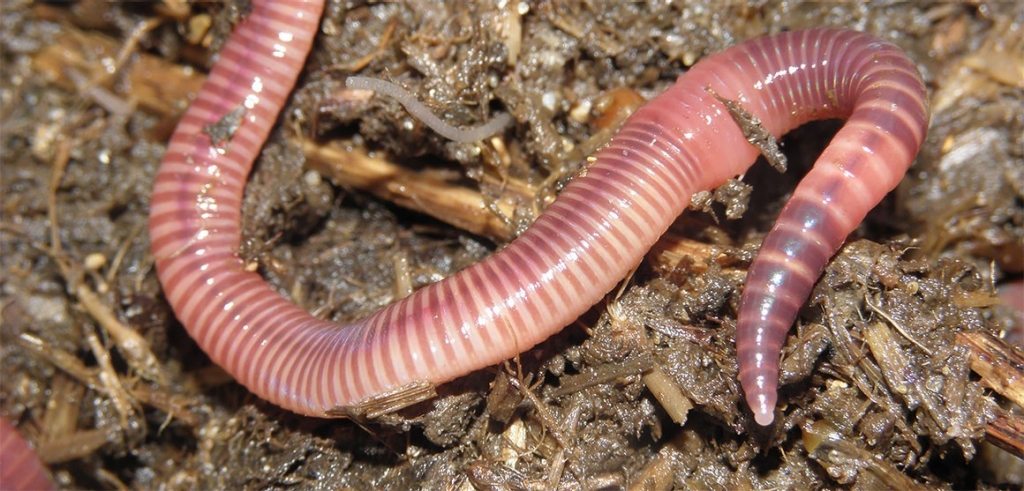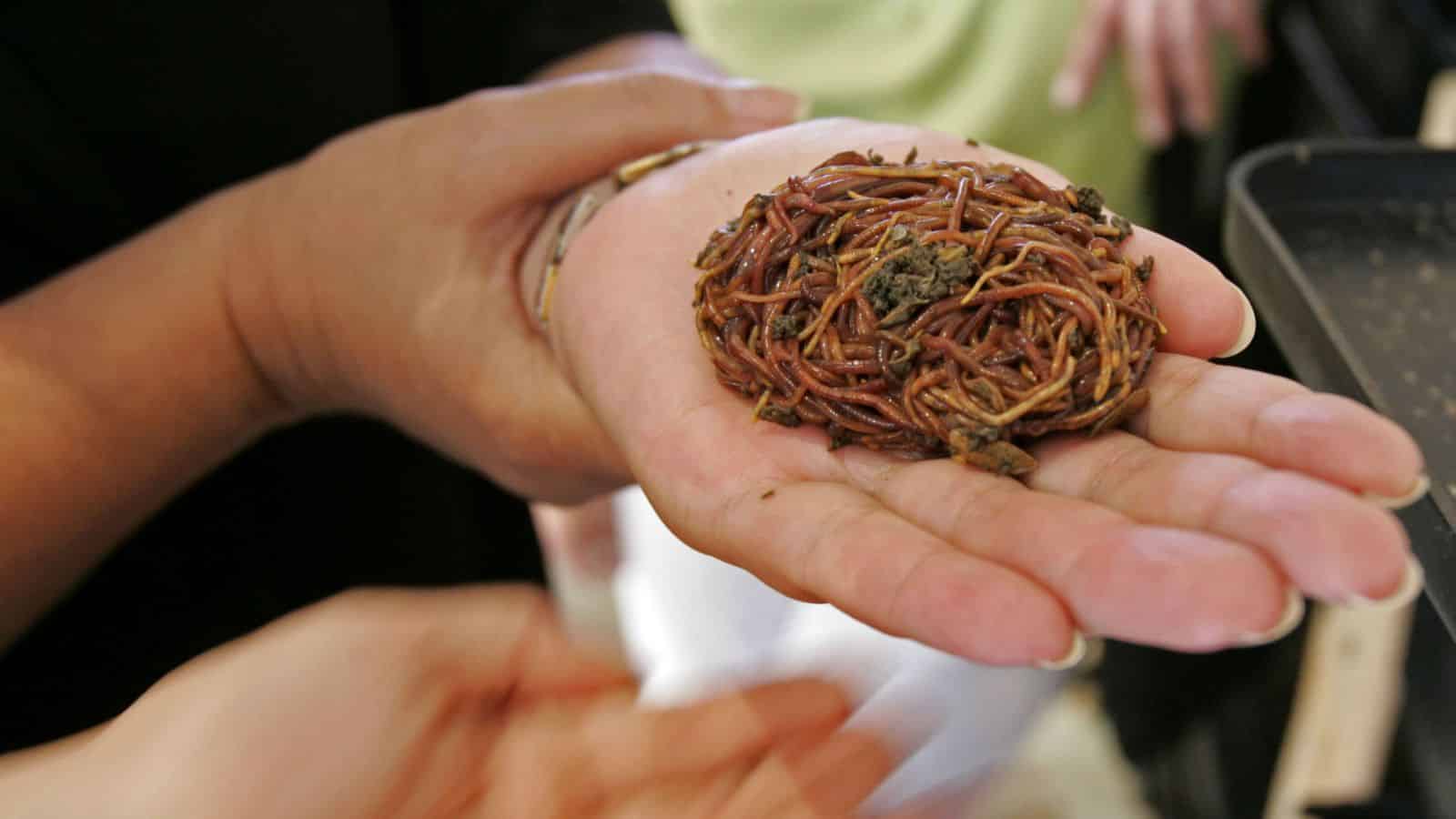Earthworms Found Thriving, Proliferating In Martian Soil
“It may be doubted whether there are many other animals which have played so important a part in the history of the world, as have these lowly organised creatures.”– Charles Darwin, The Formation of Vegetable Mould through the Action of Worms (1881)
Earthworms. They’re silent, slimy and wriggly, utterly devoid of personality and shaped so that you can’t even tell one end from the other- that’s what most people think anyway. So you probably reckon they’re only good for being dangled on the end of a fishing line.
But let me tell you- they are the most extraordinary of creatures ever to have lived. Despite their lowly lifestyle, earthworms sit at the very top of the evolutionary tree. Nothing, not even humans, can match the impact these noiseless digesters of the Earth have had on the history of the planet, life, and people.
Like it or not, we humans are latter-day adaptations of a brilliant piece of biological engineering that first appeared in the earliest worm-like creatures hundreds of millions of years ago.
Furthermore, at least five mass extinctions have occurred over the past 450 millions years, some of which devastated up to 96 percent of all marine species and 70 percent of all land life. But none of them ever touched these remarkable creatures. These crafty critters seemingly are capable of thriving in just about any given condition- and that includes Mars.
Yep, having emerged an epic 600 million years ago, these creatures could impart a lesson or two on survival.
A Dutch scientist has now found two baby earthworms wriggling around in soil that is supposed to replicate the surface of Mars. But mind you, we’re still pretty far away from gardening on the red planet.
Wieger Wamelink, biologist at Wageningen University, bought a simulation from NASA at a hefty $2,500 for about 220 pounds [P.S. he created a crowdfunding campaign to help with the costs; and #2, the U.S. space agency fetched that dirt from a volcano in Hawaii and the Mojave desert, then sterilized it to copy the lifeless Martian environment] and put the soil through a Martian colony scenario, and astonishingly, found added adult worms surviving and proliferation in the conditions.
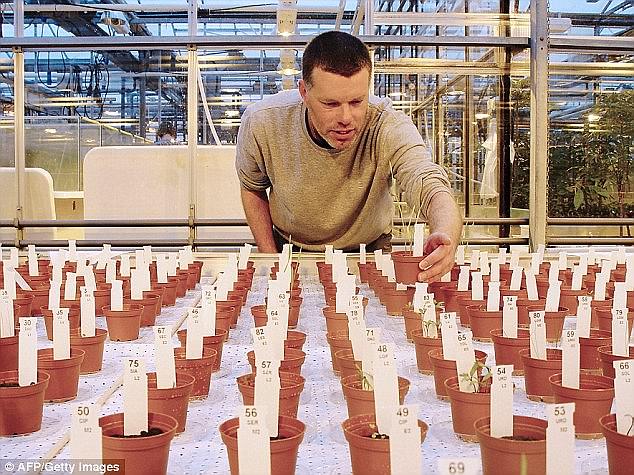
Pretty awesome aren’t they? Wamelink seems to think so too.
“[Worms] grab organic matter from the top of the soil—eat it, chew it—and when they poo it out, bacteria can break it down further. Otherwise [without worms] you deplete the nutrients in the soil,” Wamelink explains.
“On Mars,” he adds, “you cannot allow anything to be lost.”
Wieger Wamelink has been working on growing plants in the soil, which they’ve called Mars 1A, since 2013.
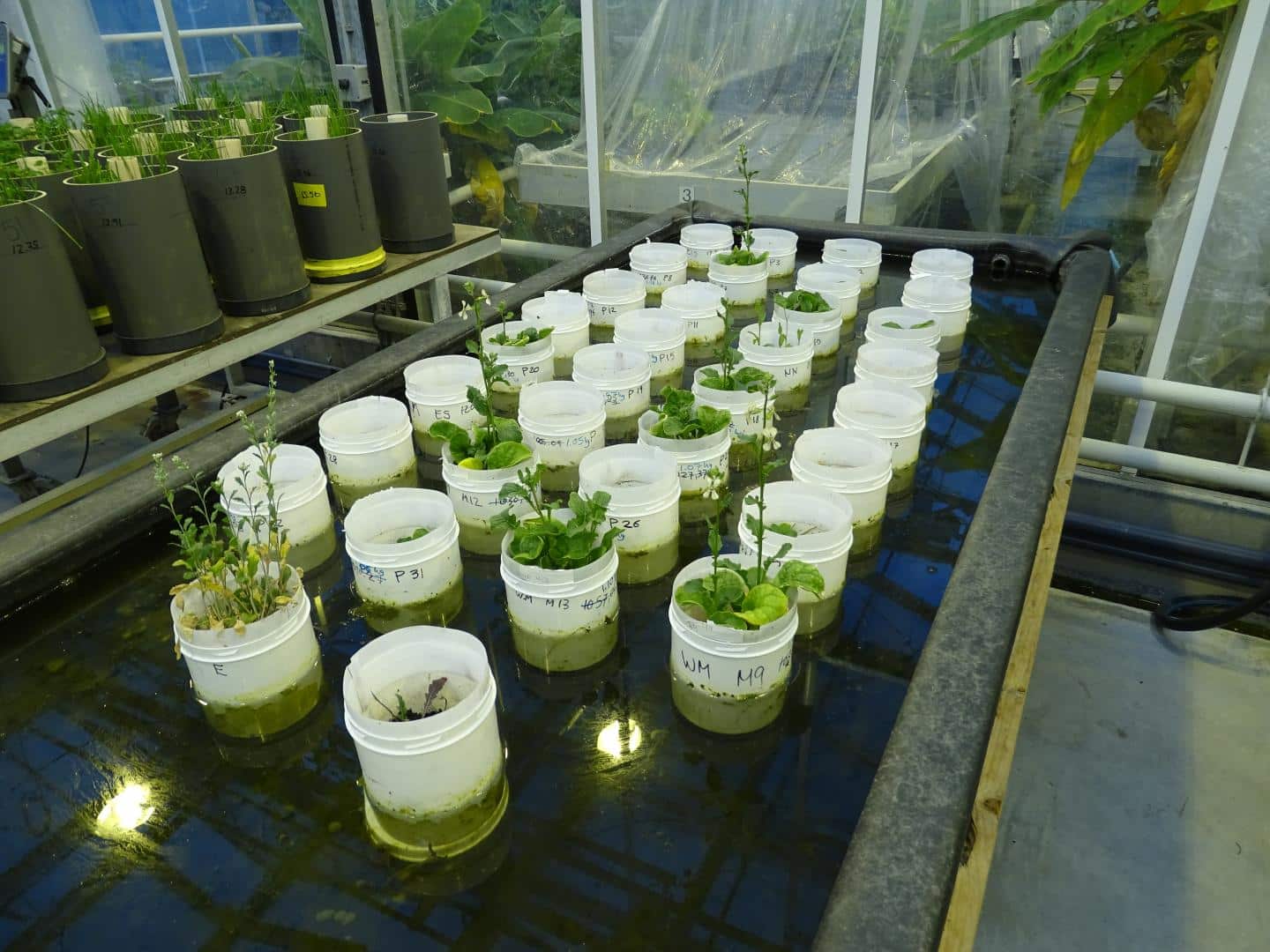
The experiment in discussion, had his team adding a swine poop slurry fertilizer and earthworms to this type of soil would improve crop growth. Fertilizer adds nutrients to the soil and earthworms take some of those nutrients and break them down further as they eat the dirt and excrete even more nutrients. They also dig tiny tunnels that allow water to reach roots more easily. On Mars, astronauts would have to make their own fertilizer (likely in the form of their own poop), and water for their crops.

“The positive effect of adding manure was not unexpected”, added Wamelink, “but we were surprised that it makes Mars soil simulant outperform Earth silver sand,” Wamelink continued. “We added organic matter from earlier experiments to both sands. We added the manure to a sample of the pots and then, after germination of the rucola, we added the worms. We therefore ended up with pots with all possible combinations with the exception of organic matter which was added to all of the pots.”
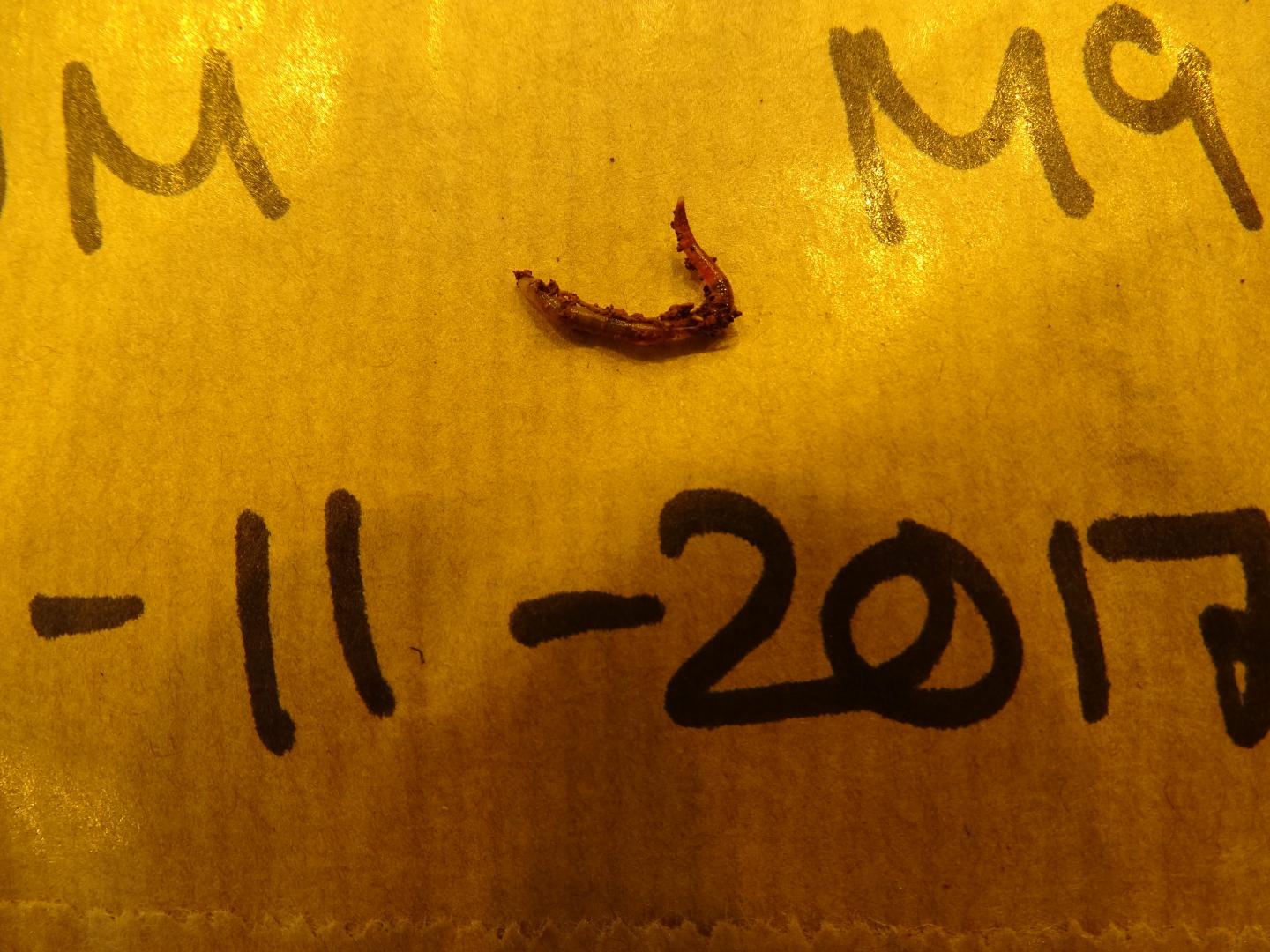
Wamelink believes the soil used not being completely identical to its Martian counterpart to be a major drawback- the absence of perchlorate—a toxic chemical compound found on Mars. In addition, the lower gravity found on Mars cannot be replicated in laboratory conditions.
“We will continue with the worms—providing funding—to upscale and to keep them for longer periods to see if they can continue to do their job—digging their burrows, chewing organic matter and mixing it with the soil,” Wamelink says.
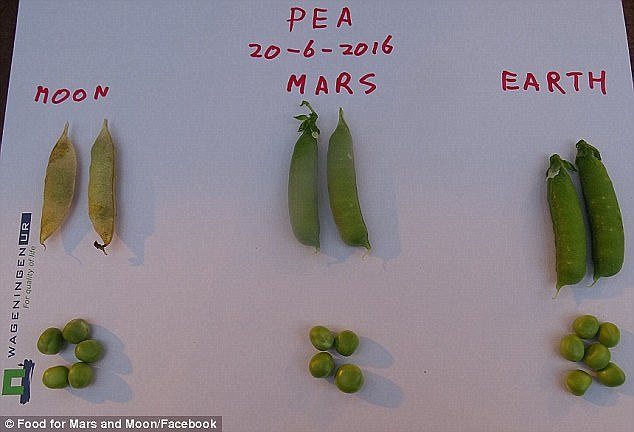
NASA’s soil simulant has many potential uses, including tests designed to determine if matter on the surface of Mars will interfere with equipment — like planetary rovers and space suits. It’s also proving to be an integral part of ongoing efforts over the last few years to determine the Red Planet’s capacity for growing crops.
Rather than sending massive amounts of food along with Martian explorers, it makes more sense to give them a method of producing supplies once they’re up there. If a crew could grow crops on the surface of Mars, it would help solve one of the biggest issues preventing such an expedition from getting off the ground.
Wamelink and his team conducted a study back in 2016 that proved vegetables can be grown in the Martian soil simulant. Now, it’s a matter of improving upon the process — as it’s still not quite as effective as the soil we find on Earth, and therefore couldn’t be expected to sustain the needs of human crewmembers.
The fact that earthworms are apparently able to thrive in Martian soil is good news, however, there are still several other obstacles that still need to be overcome: the planet’s freezing-cold conditions, its surface radiation, and the fact that it only gets 60 percent of the light that Earth does, which would slow the growth of any plants.






















